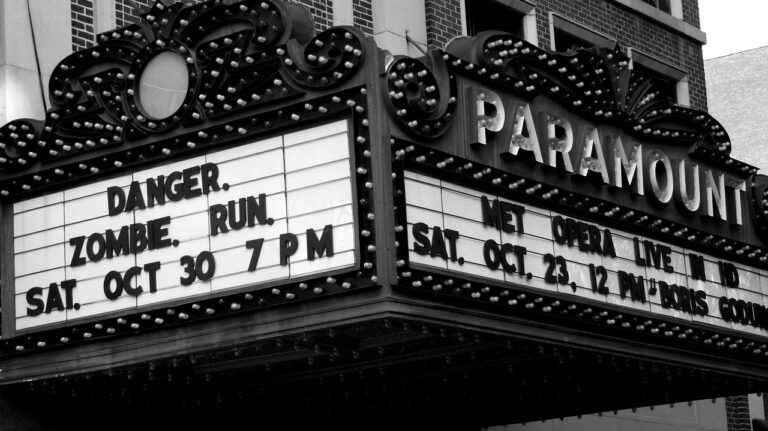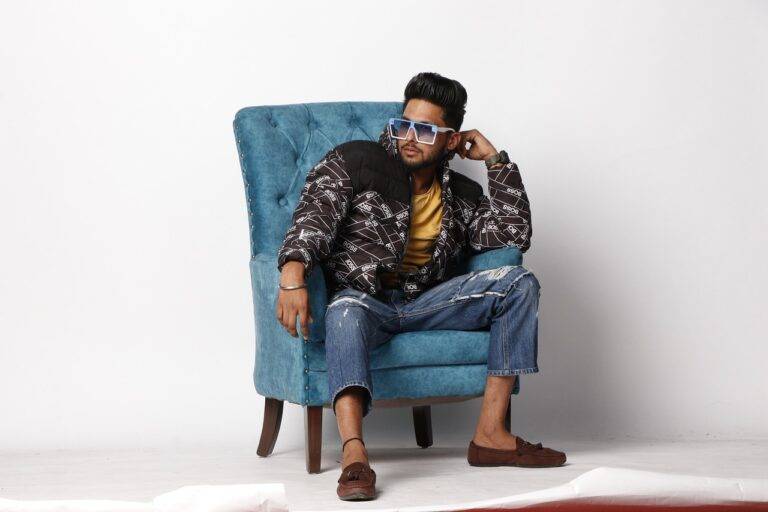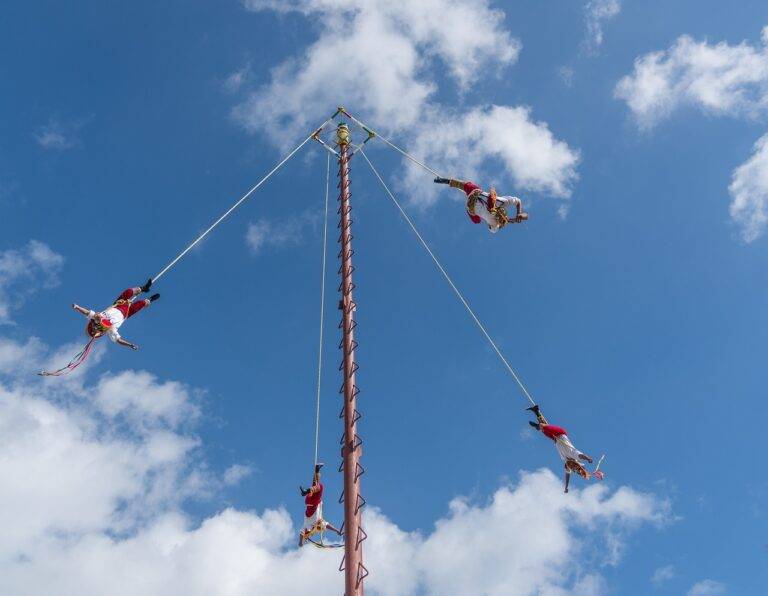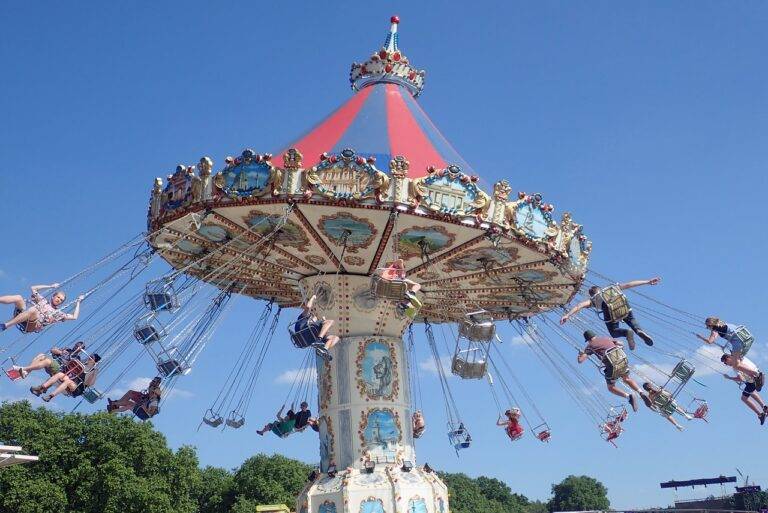Analyzing the Representation of LGBTQ+ Characters in Animation
In the earlier days of animation, LGBTQ+ representation was virtually non-existent. Characters adhered strictly to traditional gender norms and heteronormative relationships were the norm. This lack of diversity in animated shows mirrored the societal attitudes towards LGBTQ+ individuals, where they were often marginalized and their identities ignored or vilified. However, as societal perspectives evolved, so did the representation of LGBTQ+ characters in animation.
Over time, some animated shows began to introduce LGBTQ+ characters and storylines, albeit cautiously. These depictions were often subtle or coded, rather than overtly stating the characters’ identities. Despite the progress, many LGBTQ+ characters were portrayed through stereotypes or used as comedic relief, reflecting the struggles and challenges faced by animators and writers in navigating the balance between inclusion and avoiding backlash from more conservative viewers.
Challenges Faced by LGBTQ+ Characters in Animated Shows
The representation of LGBTQ+ characters in animated shows has been a topic of contention and debate within the industry. One of the primary challenges faced by LGBTQ+ characters in animated shows is the pervasive stigma and prejudice that still exists in society. This can lead to backlash from certain audiences, resulting in censorship or even the removal of LGBTQ+ characters from storylines.
Furthermore, LGBTQ+ characters in animated shows often struggle to receive authentic and meaningful storylines that reflect their lived experiences. They are sometimes reduced to stereotypical caricatures or token representations, lacking depth and complexity. This can perpetuate harmful stereotypes and hinder the portrayal of LGBTQ+ characters as fully developed individuals with rich narratives.





